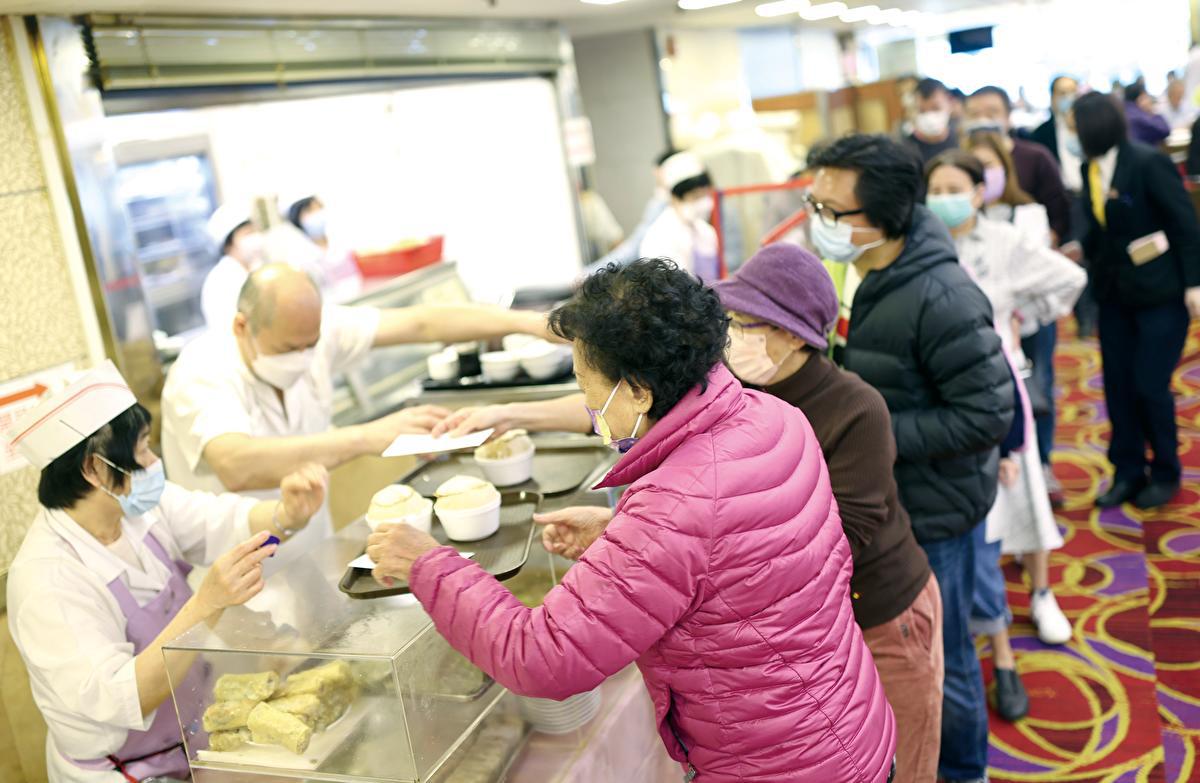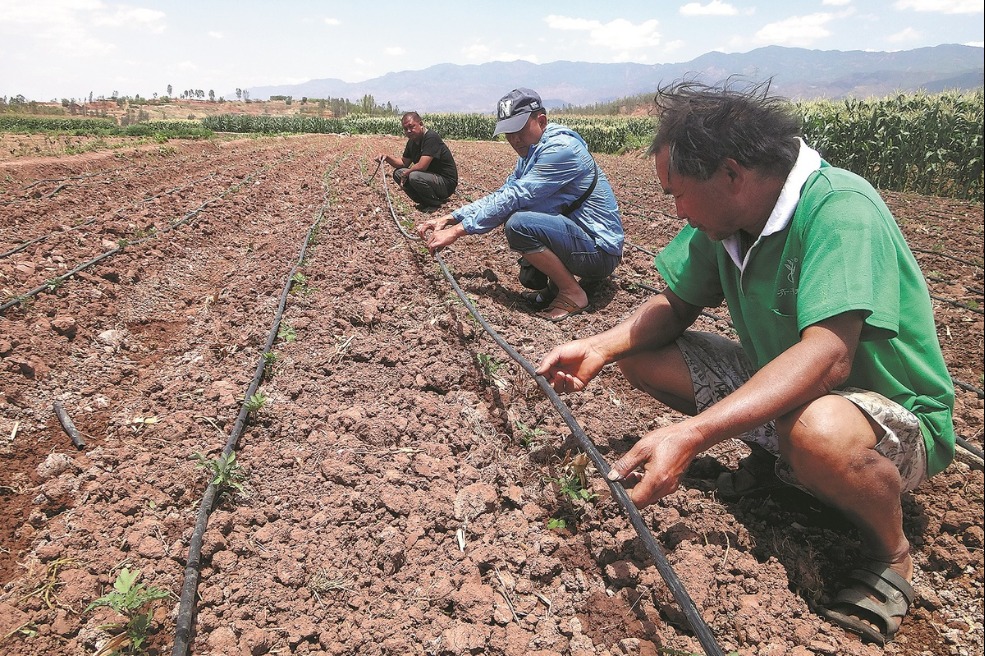Catering to a food heaven
Battered by stiff competition, soaring costs and an acute labor crunch, Hong Kong's eateries are struggling to stay afloat and uphold the city's image as a gourmets' paradise. Luo Weiteng reports from Hong Kong.


Riding the wave of change
For a highly competitive and saturated sector like catering, Yeung believes the industry's plight should not be looked at in isolation, with the philosophy of "survival of the fittest" and the attitude of "letting it go". In the past few years, he has seen a good many catering workers starting their own businesses to cash in on the rent cuts. Due to the relatively low bar for starting from scratch, catering outlets take up a sizeable portion of tenancies at shopping malls, especially in tough times, when retail is in retreat, he says.
"In the push to rejuvenate the catering business, could we introduce new elements for visitors, particularly those from the mainland who have been an integral part of the country's rapid development and meteoric rise over the past decades?" asks Wan.
Citing the now-demolished Kowloon Walled City which was featured recently in a blockbuster film, he says what makes Hong Kong's tourism-related sectors stand out are the flagship events and iconic landmarks embedded in the city's heritage.
Pascal Siu Yat-kui, a senior researcher with think tank, Our Hong Kong Foundation, believes it's essentially a matter of choice, not only in winning back tourists, but locking in local consumers, as patrons could hardly be expected to pay through the nose for mediocre food and substandard services like before, with a wealth of spending choices available and accessible north of the border.
Amid talk of "consumption downgrading" aggravating the catering sector's woes, Siu thinks it is more appropriate to call it "consumers going after value-for-money products and services" as a normal response to global economic uncertainties.
As the mainland and the SAR deepen economic and social links, he notes that the "new normal" of Hong Kong people heading north, which may fall into the narrative of "consumption downgrading", has become a secular trend rather than a fleeting phenomenon or passing fad purely out of novelty.
The concept of a "one-hour living circle" in the Guangdong-Hong Kong-Macao Greater Bay Area has timed its takeoff with the Guangzhou-Shenzhen-Hong Kong Express Rail Link and six road-based land checkpoints between Shenzhen and Hong Kong. Other mega projects, including the Shenzhen-Zhongshan Link that opened in June and the new Huanggang Port Area, due for completion in 2026 with a "co-location" arrangement for commuters, will accelerate connectivity, says Siu.
"Such a new normal is the hard reality every business in Hong Kong has to live with and adapt to," Yeung says.
At the height of cross-border travel, up to 800,000 Hong Kong residents made daily trips to nearby mainland cities on weekends. However, with commuter flow having stabilized to an expected level of 600,000, he is calling for concerted efforts by industry and government agencies to help local businesses ride the winds of change.
Siu says technology and marketing have a role to play, highlighting unmanned technologies like QR code ordering, self-checkouts and delivery robots, in improving operational efficiency, streamlining the business process, and better alignment of catering offers to meet customer needs. In his view, it is equally important to have well-planned marketing strategies via pop-up stores, social media and travel platforms, such as Xiaohongshu and Tripadvisor.
Restaurateurs like Yeung are diversifying into emerging business modes. Although takeaway services may not ideally suit Chinese restaurants, he has seen them giving local catering a leg up to survive and thrive.
Depending on the type of catering, takeaway services could contribute to no more than 10 percent of Chinese restaurants' revenues, compared with about 50 percent for others, according to Yeung.
Yeung is banking on more targeted, government-led promotions to attract untapped sources of visitors from inland and remote provinces on the mainland despite the launch of the individual travel program more than two decades ago. Hong Kong's catering operators should also set their sights on the potentially huge opportunities in Southeast Asia, he suggests.
Wan maintains a positive outlook on the SAR's catering business, saying it requires patience. "It does take some time, about two to three years, for consumers to regain some, if not all, of their pre-pandemic practices and dine out," he says.
"Every industry has its cycle of ups and downs, rise and fall. It is safer to say our catering business is seeing a much more cyclical fashion than a long-term downward trajectory."























